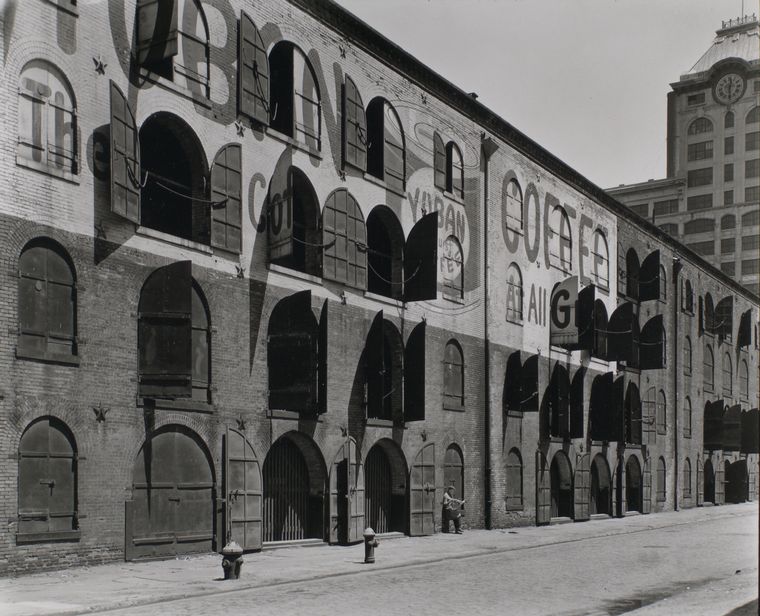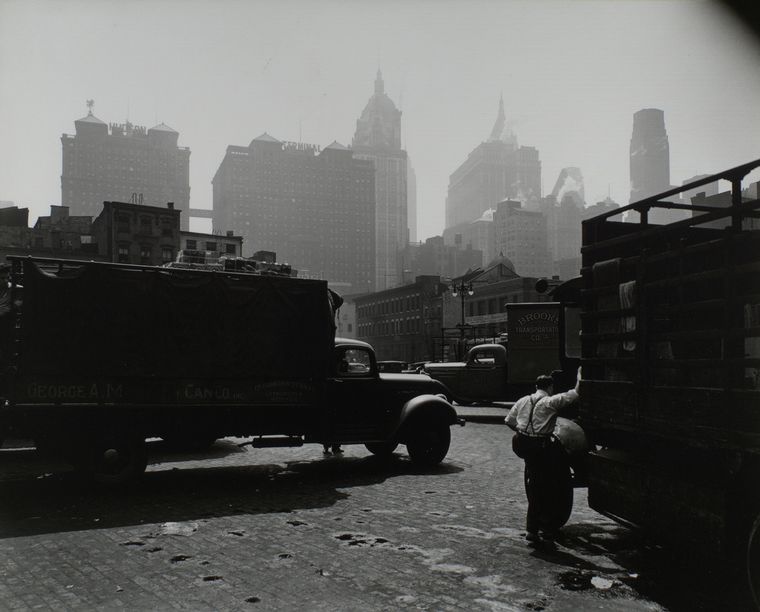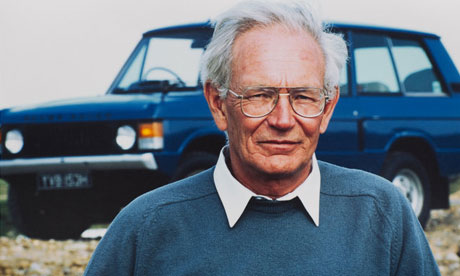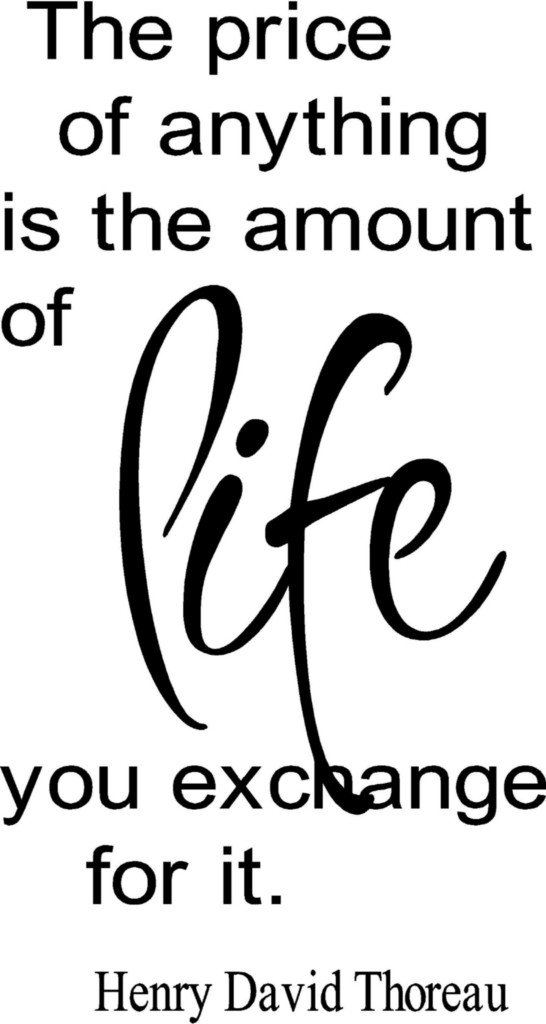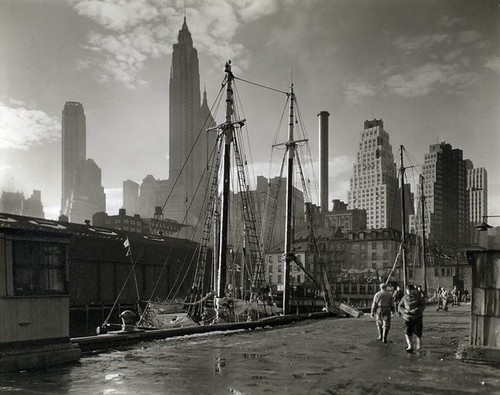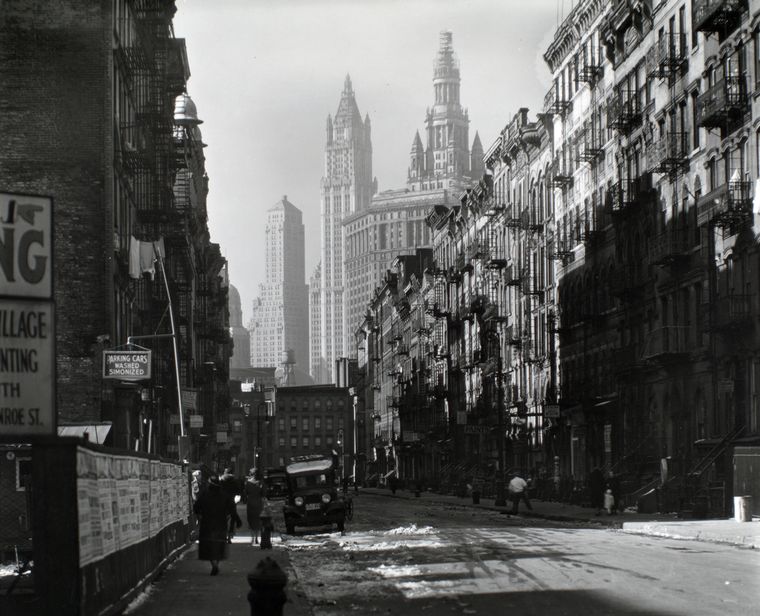
It's not long since McKean's colleague, Sam Allis, vented his prejudices on the subject. He says he likes "sext," but not "caveat" or "impact" and ends, lamely, with the obvious: it's all a matter of personal likes and dislikes.[5] Some people may cringe on hearing "we have to decision this." Others detest "I'm going to gift him this" or "I'm going to re-gift this hideous clock we got as a wedding present." But many converted nouns enliven the language and eliminate wordy constructions. Why shouldn't we "text" our friends when the alternative is "sending a text message" to them?
You can verb names as Xander shows us: "Does anybody else feel like they've been Keyser Söze'd?"[6] The politics of confirmation hearings has given us "Borked" and (with less success) "Lewinskyed." And speaking of her, the use of passive-voice confessions is, we all know, Clintonizing ("mistakes were made").
Some verbifications only work poetically; you can't see using them in ordinary speech. For example, when Cleopatra explains why suicide is better than being paraded through Rome like a trophy she complains that "mechanic slaves with greasy aprons...shall uplift us to the view...and I shall see some squeaking Cleopatra boy my greatness i' the posture of a whore."[7]
I would have thought a most extreme example of impractical verbing to have been Heidegger's verbing of the word thing. He uses the German word bedingt to mean bethinged and talks about the things in a work of art thinging the observer. He says that things present in works of art can gather meaning into themselves by a process he calls thinging of things. In a passage of masterful obscurity he tells the reader "by thinging, things carry out world.... Thinging, things are things. Thinging, they gesture &mdash gestate — world."[8]
It turns out, however, that thinging isn't only an arcane philosophic term used by a weird ex-Nazi. It's "an ambiguous verb used to replace a verb that you can't come up with at the moment," as in "Hey mom. Yeah, just got back from, um, thinging my friends" or "Is Kayla dating that guy now? I thought they were just friends..." "No, they aren't dating, they are just thinging now."[9]
-----------
Some sources:
Conversion (linguistics) article in wikipedia
Languaging at Its Best
The Modern Practice of Making Certain Nouns into Verbs on Volokh Conspiracy
Heidegger the Shaman
The Thinging of the Thing: The Ethic of Conditionality in Heidegger's Later Work
Da kine on wikipedia
Thing theory on wikipedia
------------
Notes:
[1] Verbed!,
Not every noun wants to stay that way, by Erin McKean, in The Word, on boston.com, July 25, 2010
[2] In his book, The Language Instinct (Morrow, 1994), he says, "Easy conversion of nouns to verbs has been part of English grammar for centuries; it is one of the processes that make English English. I have estimated that about a fifth of all English verbs were originally nouns. Considering just the human body, you can head a committee, scalp the missionary, eye a babe, stomach someone's complaints, and so on -- virtually every body part can be verbed." (Quoted from Grammar Puss on the Harvard web site.)
[3] Shakespearean examples include "I'll unhair thy head." "The thunder would not peace at my bidding". "He ploughed her, and she cropped." "Destruction straight shall dog them at the heels." "Grace me no grace, nor uncle me no uncle."
[4] If I find that I'm violating copyright in reproducing this image, I'll promptly remove it.
[5] Allis writes: "I’m saddened to report 'unfriend' was named Word of the Year in 2009 by the New Oxford American Dictionary. ... Let’s not forget former Secretary of State Alexander Haig, who famously used 'caveat' as a verb at a Senate hearing in 1980. This prompted New York Times word guru William Safire to define such usage as 'a new linguistic form called haigravation.' The first Marquess of Argyll reportedly used 'caveat' as a verb — 'But I would caveat this' — in his short address before he was executed for treason in 1661. Does that matter a whit to you?"
-- War of words, The English language is constantly changing, but it doesn’t mean we have to like it, by Sam Allis, Boston Globe, May 24, 2010
[6] "The Puppet Show," Buffy the Vampire Slayer, May 5, 1997. Xander verbifies names quite often. The BuffyGuide explains this one: "In the 1995 movie The Usual Suspects, Keyser Söze was the name of a legendary master criminal whose name was on the lips of everyone who'd witnessed one of his crimes, but who the police couldn't even begin to find. At the end of the movie, it's revealed that he was right under everyone's nose the entire time."
[7] Scene 2 in Act 5 of Shakespeare's Antony and Cleopatra:
Nay, ’tis most certain, Iras. Saucy lictors[8] The quotes come from Heidegger's essay Language which analyzes Georg Trakl's poem, A Winter Evening. Here's the poem:
Will catch at us like strumpets, and scald rhymers
Ballad us out o’ tune. The quick comedians
Extemporally will stage us, and present
Our Alexandrian revels. Antony
Shall be brought drunken forth, and I shall see
Some squeaking Cleopatra boy my greatness
I’ th’ posture of a whore.
-- Antony and Cleopatra, Act V, Scene 2.
“Ein Winterabend,” von George Trakl[9] (urban dictionary)
Wenn der Schnee ans Fenster fällt,
Lang die Abendglocke läutet,
Vielen ist der Tisch bereitet
Und das Haus ist wohlbestellt.
Mancher auf der Wanderschaft
Kommt ans Tor auf dunklen Pfaden.
Golden blüht der Baum der Gnaden
Aus der Erde kühlem Saft.
Wanderer tritt still herein;
Schmerz versteinert die Schwelle.
Da erglänzt in reiner Helle
Auf dem Tische Brot und Wein.
“A Winter Evening,” by George Trakl
Literal translation by Ted Hayes
When the snow falls on the window,
The Vesper bell tolls long,
The table is readied for many,
And the house is well ordered.
Many on their wanderings
Come to the door on dark paths.
Golden blooms the Tree of Graces
From the Earth’s cool sap.
Wanderer steps quietly herein,
Pain turns the Threshold to Stone.
There shines in pure brightness
On the table bread and wine.
“A Winter Evening,” translated by Albert Hofstadter
Window with falling snow is arrayed,
Long tolls the vesper bell,
The house is provided well,
The table is for many laid.
Wandering ones, more than a few,
Come to the door on darksome courses.
Golden blooms the tree of graces
Drawing up the earth’s cool dew.
Wanderer quietly steps within;
Pain has turned the threshold to stone.
There lie, in limpid brightness shown,
Upon the table bread and wine.
--
From Limina.Log:
